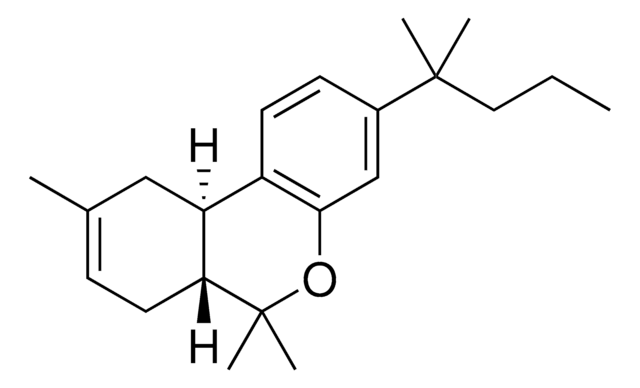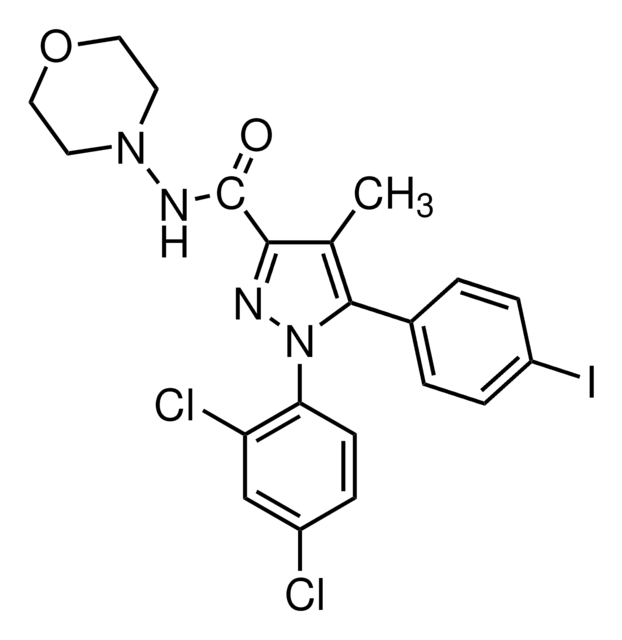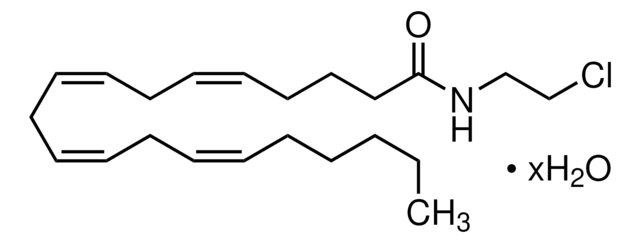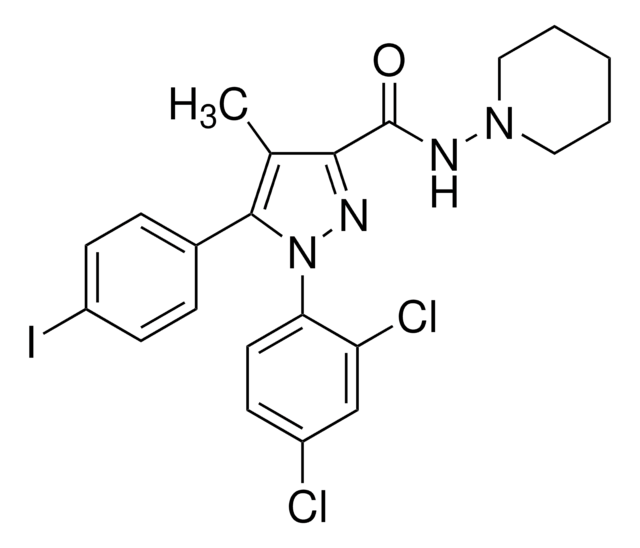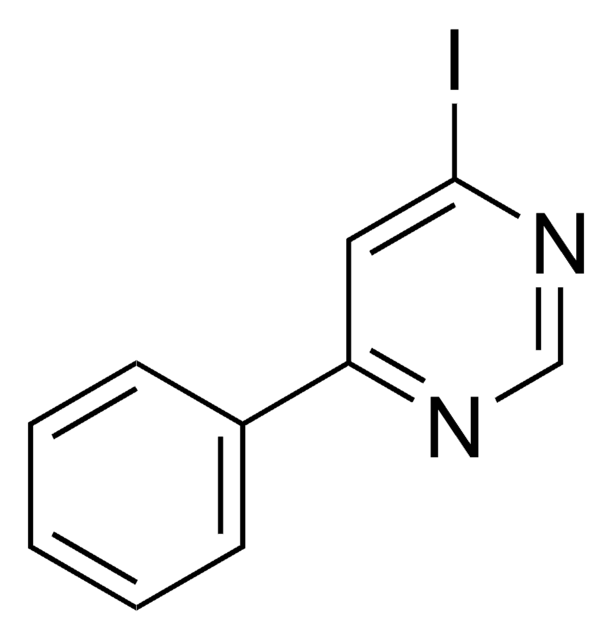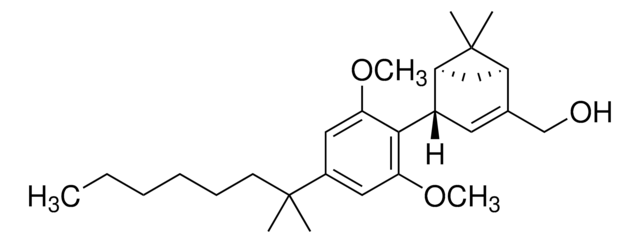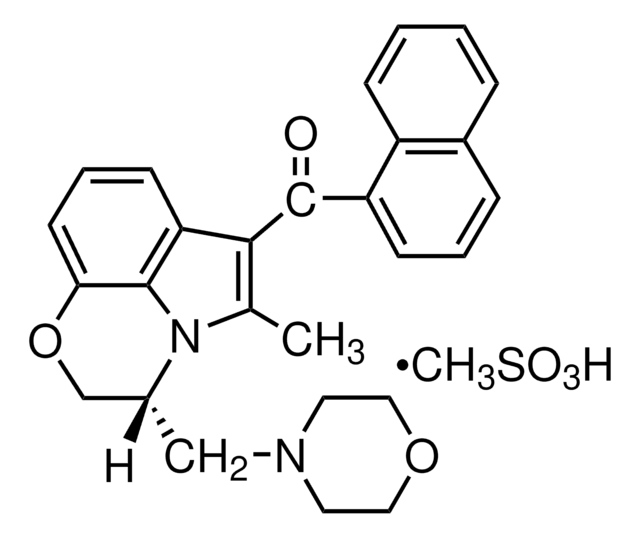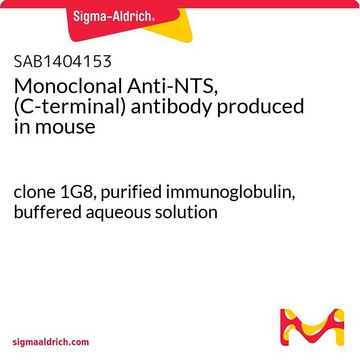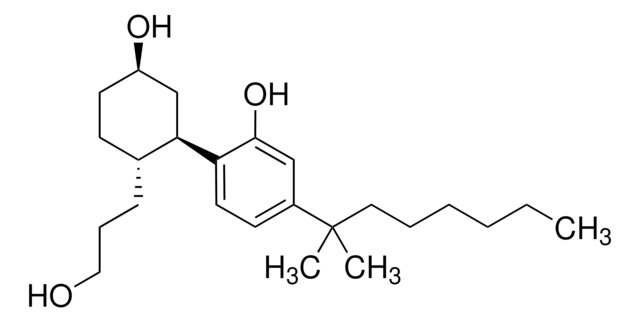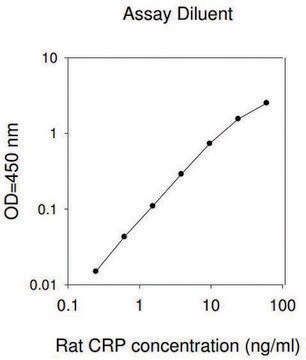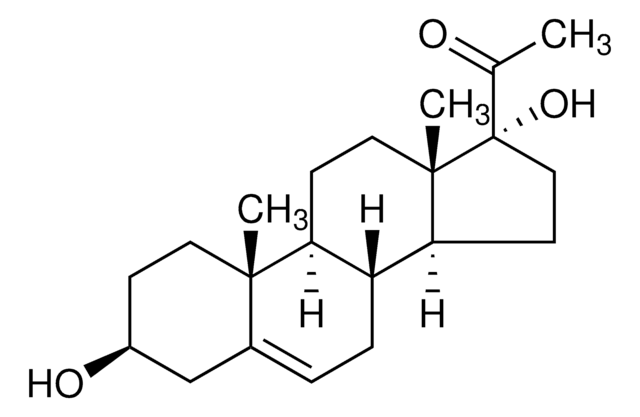SML0327
AM630
≥90% (HPLC)
Sinónimos:
6-Iodo-2-methyl-1-[2-(4-morpholinyl)ethyl]-1H-indol-3-yl](4-methoxyphenyl)methanone, AM 630, Iodopravadoline
About This Item
Productos recomendados
Nivel de calidad
Ensayo
≥90% (HPLC)
Formulario
powder
condiciones de almacenamiento
desiccated
color
white to beige
solubilidad
DMSO: >5 mg/mL
temp. de almacenamiento
2-8°C
cadena SMILES
COc1ccc(cc1)C(=O)c2c(C)n(CCN3CCOCC3)c4cc(I)ccc24
InChI
1S/C23H25IN2O3/c1-16-22(23(27)17-3-6-19(28-2)7-4-17)20-8-5-18(24)15-21(20)26(16)10-9-25-11-13-29-14-12-25/h3-8,15H,9-14H2,1-2H3
Clave InChI
JHOTYHDSLIUKCJ-UHFFFAOYSA-N
Aplicación
- as a cannabinoid 2(CB2) inhibitor to study the analgesic effect exerted by polysaccharopeptide from Trametes versicolor (TPSP).
- as a CB2 antagonist along with β-caryophyllene (BCP) to study its effects on re-epithilialization of fibroblast cells.
- as a CB2 antagonist to study its interaction with 17-β-estradiol in primary human osteoblasts.
Acciones bioquímicas o fisiológicas
Características y beneficios
Palabra de señalización
Warning
Frases de peligro
Consejos de prudencia
Clasificaciones de peligro
Aquatic Acute 1 - Aquatic Chronic 1
Código de clase de almacenamiento
11 - Combustible Solids
Clase de riesgo para el agua (WGK)
WGK 3
Punto de inflamabilidad (°F)
Not applicable
Punto de inflamabilidad (°C)
Not applicable
Elija entre una de las versiones más recientes:
¿Ya tiene este producto?
Encuentre la documentación para los productos que ha comprado recientemente en la Biblioteca de documentos.
Los clientes también vieron
Nuestro equipo de científicos tiene experiencia en todas las áreas de investigación: Ciencias de la vida, Ciencia de los materiales, Síntesis química, Cromatografía, Analítica y muchas otras.
Póngase en contacto con el Servicio técnico